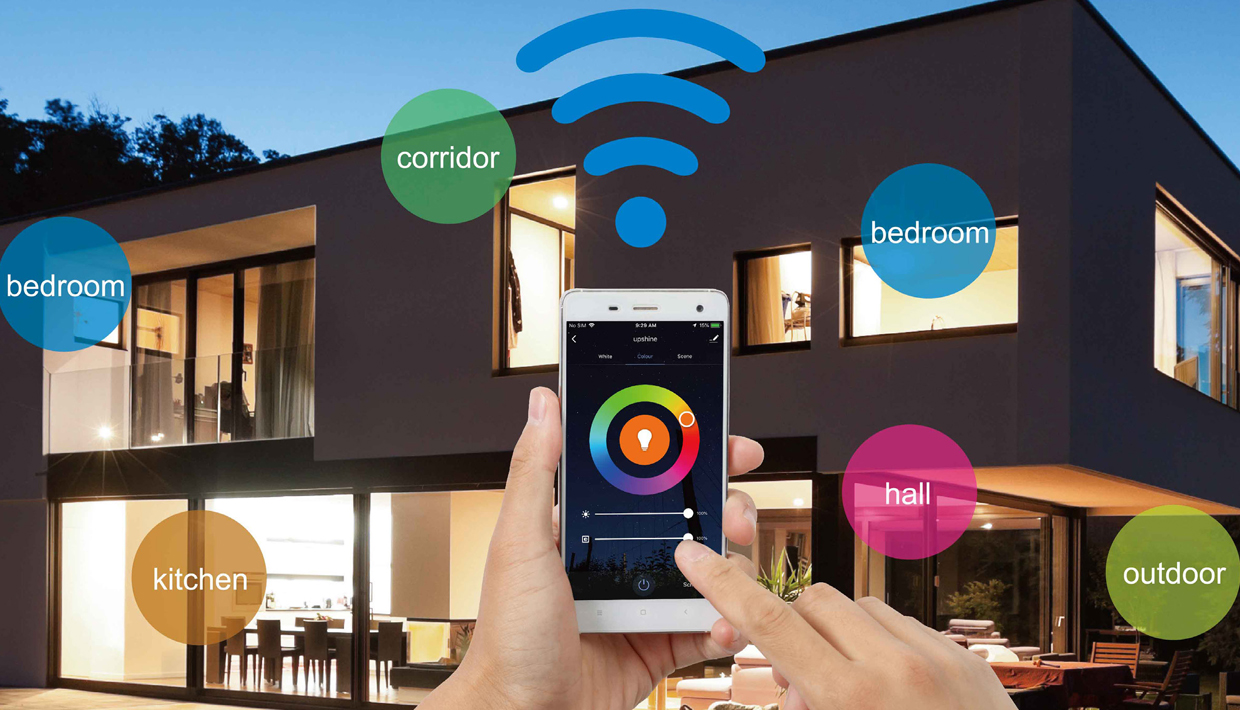Examples of Smart Home Technologies

Nearly every aspect of life where technology has entered the domestic space — including lightbulbs, dishwashers and other appliances — has seen the introduction of a smart home alternative:
- Smart TVs. These TVs connect to the internet to access content through applications, such as on-demand video and music. Some smart TVs also include voice or gesture recognition.
- Smart lighting systems. In addition to being able to be controlled remotely and customized, smart lighting systems can detect when occupants are in the room and adjust lighting as needed. Smart lightbulbs can also regulate themselves based on daylight availability.
- Smart thermostats. Smart thermostats, such as Google Nest, come with integrated Wi-Fi, letting users schedule, monitor and remotely control home temperatures. These devices also learn homeowners’ behaviors and automatically modify settings to provide them with maximum comfort and efficiency. Smart thermostats can also report energy use and remind users to change filters.
- Smart door locks and garage door openers. Homeowners can use smart locks and garage-door openers to grant or deny access to visitors. Smart locks can also detect when residents are near and unlock the doors for them.
- Smart security cameras and systems. With smart security cameras and doorbells, such as Ring, residents can monitor their homes when they’re away. Smart motion sensors can identify the difference between residents, visitors, pets and burglars and can send notifications to authorities if suspicious behavior is detected.
- Smart pet and lawn care. Pet care can be automated with connected feeders. Houseplants and lawns can be watered using connected timers.
- Smart kitchen appliances. Brands such as LG, GE and Samsung offer smart kitchen appliances of all sorts. These appliances include smart coffee makers that can brew a fresh cup automatically at a programmed time; smart refrigerators that keep track of expiration dates, make shopping lists or even create recipes based on ingredients currently on hand; slow cookers and toasters; and, in the laundry room, washing machines and dryers.
- Smart household monitors. Household system monitors can, for example, sense a power surge and turn off appliances, sense water failures or freezing pipes and turn off the water so the home doesn’t flood.
- Smart plugs. These connect to wall sockets to transform simple home devices, such as lamps and ceiling fans, so they can be controlled remotely via mobile apps and voice assistants such as Alexa.
